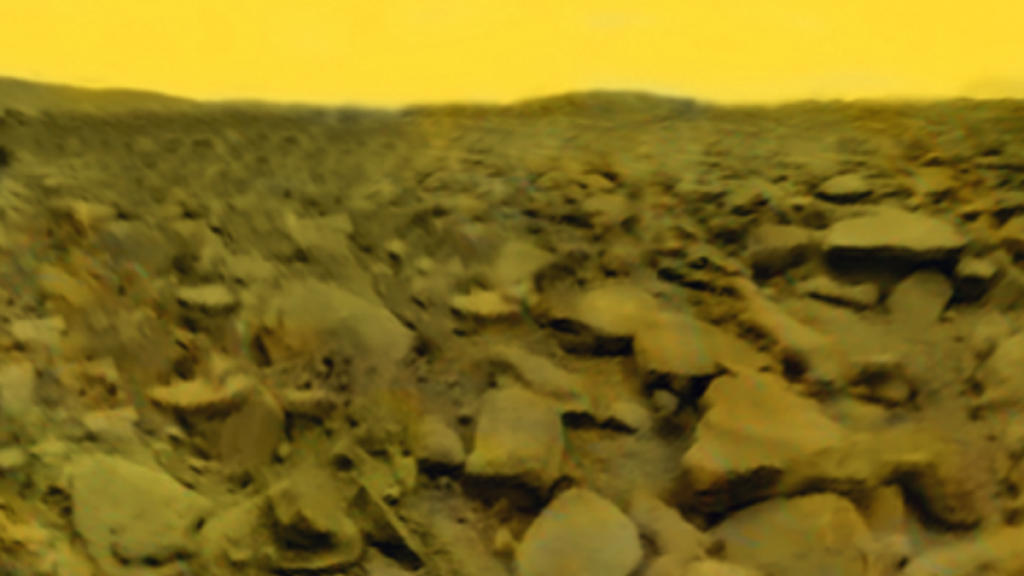There are more than 5,000 planets discovered outside our solar system, and this is invaluable to our wealth of knowledge, but in terms of the hope of finding inhabited worlds, the result of research so far is not encouraging. Every now and then the discovery of an Earth-like object is announced, but if we want to summarize what has been identified it is (basically) a group of small monsters and ircocervi.
The ideal life-hosting exoplanet that astronomers have in mind revolves around a yellow, long-stable, sun-like star; It is a planet of the terrestrial type, that is, of dimensions comparable to our world and with rocky soil (AAA abstain from gas giants and other detritus), moreover it must be placed at a distance from its star so that the average temperature of the planet is. The planet’s temperature ranges from 0 to 100 degrees, ensuring the availability of liquid water. If the model of our solar system were standard, there would be many planets similar to Earth in the galaxy, and instead our characteristics appear to be unusual and this reduces the share of candidates – even if it is not reset.
The first problem is the stars: many of them orbit in pairs or even triples, and this makes the orbits of any planets around them a problem. Moreover, many stars are not yellow, but red (dwarf or giant) or blue, and this creates other obstacles (which we will not mention) in front of the hypothetical appearance of life. Moreover, even when a star is yellow, singular, and reliable, its planetary system often does not repeat the order of ours, which we have imagined to be logical and standard, i.e., with giant worlds in the outer regions and small rocky planets well situated in a habitable place”; as if it had not It was not enough, the “super-Earth planets” are very widespread, that is, rocky planets like our planet, but with a much greater mass and very strong gravity, and this in itself does not prevent life, but rather creates many difficulties for it.
The most recent discovery added to the list is an exoplanet that is very interesting for its extravagance but very poor as a candidate for “vital” development. The new world is located 545 light-years away from us and rotates very close to its star, very quickly: it takes 30 hours, and this is the length of its “year”, compared to 365 Earth days. It is massive: its radius is comparable to that of Neptune (3.5 Earth radii) but its mass is about four times greater (73 Earth masses) and this gives it quite the crushing appeal. And if the system in which it is located was formed like ours, then a planet of this size would be very far from its star, and it would have a vast and dense gaseous atmosphere, like Jupiter, Saturn, Uranus and Neptune (exactly). Instead, it finds itself in the disproportionate position it occupies, and can have no atmosphere because the particle “wind” from the star has swept it away. Dulcis in Fundo: The surface temperature of this new world is 1,200 degrees Celsius. life? No thank you.
The discovery was published in the journal natures It was created by an international team of researchers, led by Luca Nabuñello, 31, PhD student in astrophysics at the University of Rome Tor Vergata and first author of the work. Several researchers from the National Astrophysical Institute contributed to the study. It is not known how such a single planet could have formed in the position in which it was found: “Based on theories of planet formation and evolution – explains Nabunello – a similar planet would not have been expected to exist so close to its star according to Luigi Mancini, professor at Tor Vergata and second author of the work. The origin may be due to clashes between massive protoplanets in the original protostellar disk.

“Internet trailblazer. Travelaholic. Passionate social media evangelist. Tv advocate.”







More Stories
Listen to the haunting sound of space thunder recorded on Venus in 1982
Watch a real video of the comet's surface
Moon and Earth photographed from 1.5 million kilometers away: Watch NASA's stunning video